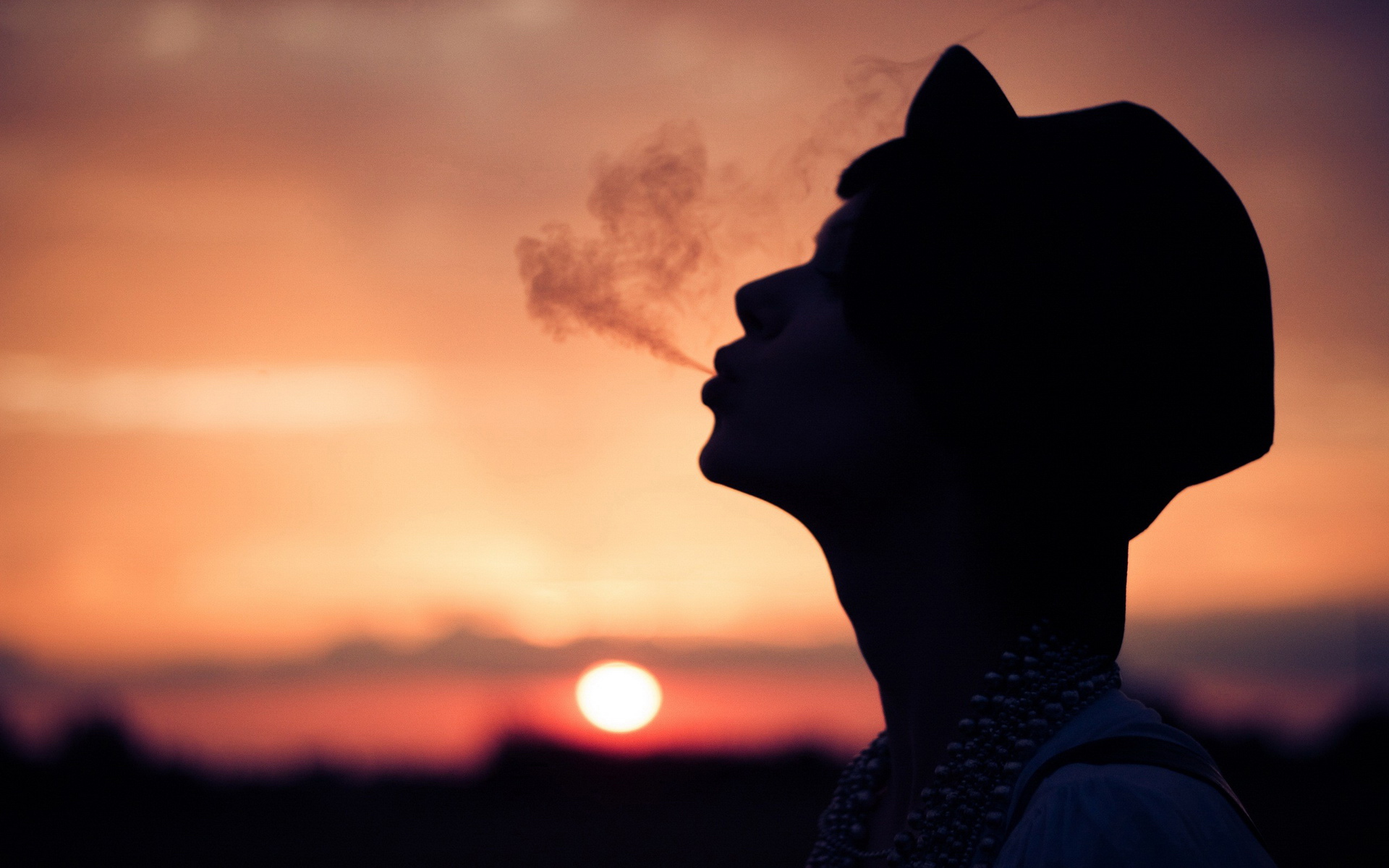Market report: Tobacco Market in China
China is the world’s biggest market for cigarettes, with 300 million smokers, nearly three times as many as those in the next biggest smoking nation, India. In 2012, the tobacco market’s revenues have reached $122 billion, up from $47 billion in 2005. The China National Tobacco Corporation, which effectively holds a national monopoly on cigarette sales, has reported a net income of $18.7 billion dollars in 2010. Our market report is on tobacco market in China.
What is the China National Tobacco Corporation?
 The China National Tobacco Corporation (CNTC) controls tobacco market in China, and answers to the State Tobacco Monopoly Administration (STMA). The corporation holds a significant amount of both economic and political power in Beijing, as well as in tobacco growing regions like Yunnan.
The China National Tobacco Corporation (CNTC) controls tobacco market in China, and answers to the State Tobacco Monopoly Administration (STMA). The corporation holds a significant amount of both economic and political power in Beijing, as well as in tobacco growing regions like Yunnan.
Currently, they control almost all production, with only a few foreign companies being granted entry in tobacco market in China; manufacturers under the CNTC have licenses to produce foreign brand cigarettes, and Marlboro, Camel and Lucky Strike have a presence in the country. Roughly 30 companies produce less than 200 brands, a significant decrease from a few years ago when there were nearly 1000 brands.
Who are the Chinese smokers?
The 300 million smokers in China are male by a vast majority, according to market reports. In 2010, it was estimated that 53% of men in China smoked daily. Though there has been an increase in recent years among younger women, only 2.5% of the female population smoked that year. Young men between the ages of 15 and 24 make up roughly 35% of smokers, compared to the older generation between 45 and 64 making up 63% percent.
Rural areas report a higher smoking rate (56.1%), while urban areas are significantly lower, at 49.2%. Most analysts attribute this to a generally higher level of education about and greater government pressure on smoking within cities. With regards to education, 63.2% of individual who attended secondary school smoke, as opposed to those who completed university education (44%). Manual labourers rate highest in prevalence of smoking, at nearly 70%.
The overwhelming majority of smokers do so daily, at 85.6%, averaging about 15 cigarettes a day. Market reports suggest that only 20% of those who don’t smoke habitually had managed to quit, where as 33% had started again after attempting. Nearly 92% did not know of any methods to make quitting easier, such as nicotine patches, gum or electronic cigarettes.
What is the culture surrounding tobacco market in China?
Smoking is imbedded in China’s business culture; they are often used to break the ice or make negotiations more amicable. Particularly expensive brands are often given as gifts. It’s not uncommon for individuals to carry one expensive brand of cigarettes to give to others, and a cheaper one for personal consumption.
Different brands carry symbolic value; in addition to the status associated with high-priced brands, brands can be used as a sign of provincial or city-level pride. An individual from Sichuan, for example, may smoke their local Xiaoxiongmao or Jiaozi when in other cities. The Zhonghua brand, which can cost as much as $100, with its red and gold box, is usually associated with success or high office, and is consequently a common cigarette being passed around nightclubs or official dinners.
Occasionally, they are distributed as a greeting, particularly in casual environments or among friends. Declining a cigarette can be considered rude, particularly in rural areas. Cigarettes are still considered cool by the younger generations, despite government attempts to curb their positive depiction in popular culture.
What efforts are the government taking to limit tobacco market in China?
Since the WHO has estimated that over 1 million people die from smoking-related causes in China every year, the government has begun to take certain measures to halt the sale and to cut down tobacco market in China. Taxes have been levied, but they still result in prices that are a fraction of the price in other countries; a cheap brand can cost between 2-5 RMB. Even if taxes were to be put in place, cigarette smuggling is a serious problem; in 2013, government officials seized nearly 2.5 billion RMB’s worth of cigarettes.
Government officials have been banned from smoking at official functions and dinners, but the practice is not widely enforced. The WHO’s demand the government ban tobacco advertising have been bypassed by tobacco companies simply funding public welfare projects, such as roads, schools, sanitation projects, public gardens and even an amusement park in Yunnan with their names featured prominently. This is within the regulations, but officials have vowed to tackle this issue.
Overall, the restrictions are half-hearted and appear to be mostly symbolic in nature. This seems unlikely to change in the future, as tobacco market in China remains a hugely profitable and important industry.
Sources
Market report in China
https://www.economist.com/news/china/21597958-smoking-course-kill-100m-chinese-people-century-will-latest-anti-smoking
https://www.bloomberg.com/news/2014-03-09/china-tobacco-ban-faces-hurdles-to-beat-habit-health.html
https://www.chinadaily.com.cn/china/2014-04/29/content_17474486.htm
https://blogs.wsj.com/chinarealtime/2012/03/01/good-cat-luxury-cigarettes-anger-netizens/






